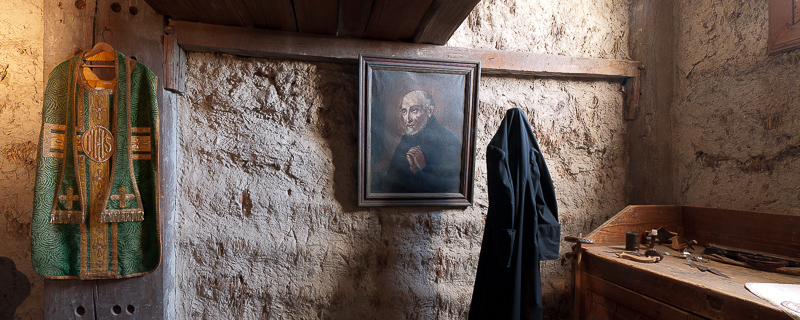Every Picture Is a Compromise
Lessons from the Also-rans
Most photography websites show the photographer's very best work. Wonderful. But that's not the full story of a creative life. If we want to learn, we'd better pay attention to the images that aren't "greatest hits" and see what lessons they have to offer. Every picture is a compromise — the sum of its parts, optical, technical, visual, emotional, and even cosmic – well, maybe not cosmic, but sometimes spiritual. Success on all fronts is rare. It's ok to learn from those that are not our best.
This is a series about my also-rans, some of which I've been able to improve at bit (i.e., "best effort"), none of which I would consider my best. With each there are lessons worth sharing, so I will.

Previous image | Next image |
Original digital capture

7mm - Ultra-wide Angle Week
This week is all about ultra-wide angle lens use. I have the Panasonic 7-14mm lens for my m4/3 cameras. (Think 14-28mm for you full framers out there.) These ultra-wides are tricky. Every image this week was shot at 7mm focal length. Here are a few things I've learned about using this exotic lens.
What I saw that I liked:
An old Catholic church in Idaho, now a state park.
What I don't like in the picture:
In the above, I was trying to create a near/far ultra-wide shot using the highlight on the floor. It doesn't work because clearly the area of interest is the alter that is too far away to discern sufficiently.
What I learned:
The pano at left doesn't look like an ultra-wide shot, but it is — shot at the same 7mm focal length as the above. Cropping a pano out of an ultra-wide capture helps eliminate some of the ultra-wide corner distortion. It also helps to critically level the camera to keep the vertical lines perfectly vertical.
Part of the reason I wanted to use these two image in this example is that visually I would never have guessed that both of these images were make at 7mm. This is part of the oddity of ultra-wide lens use. |
|


